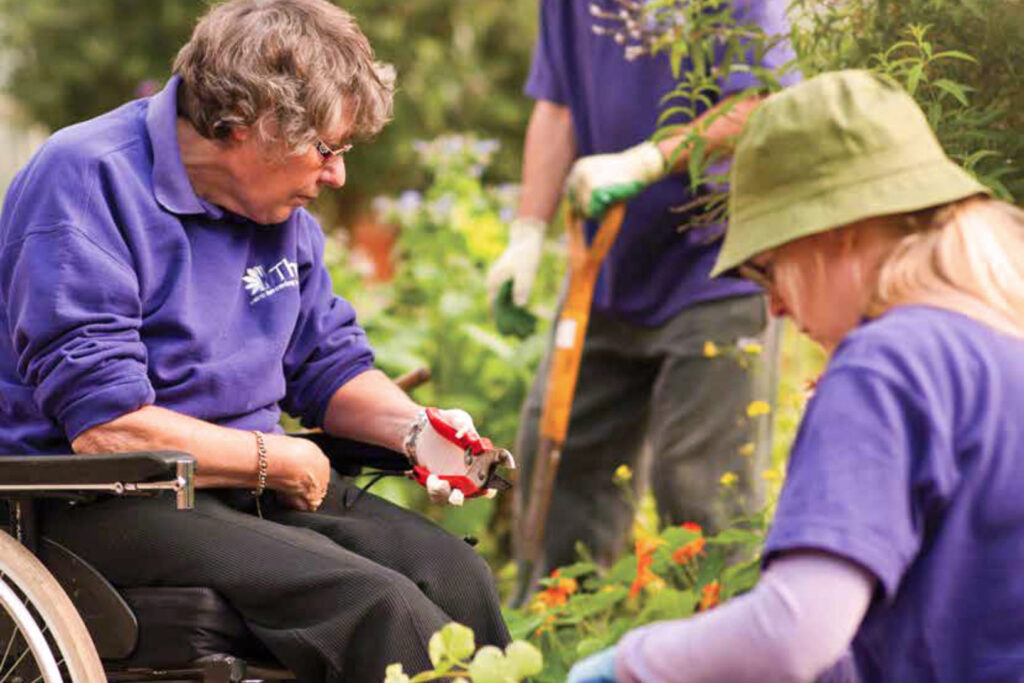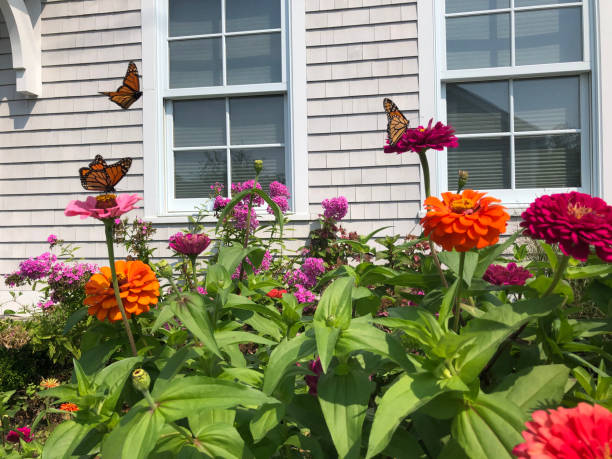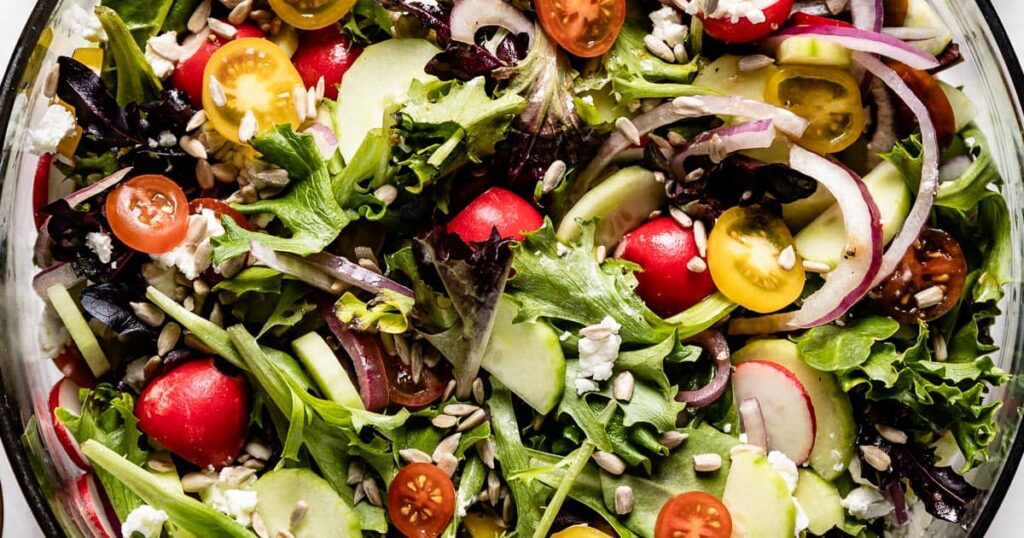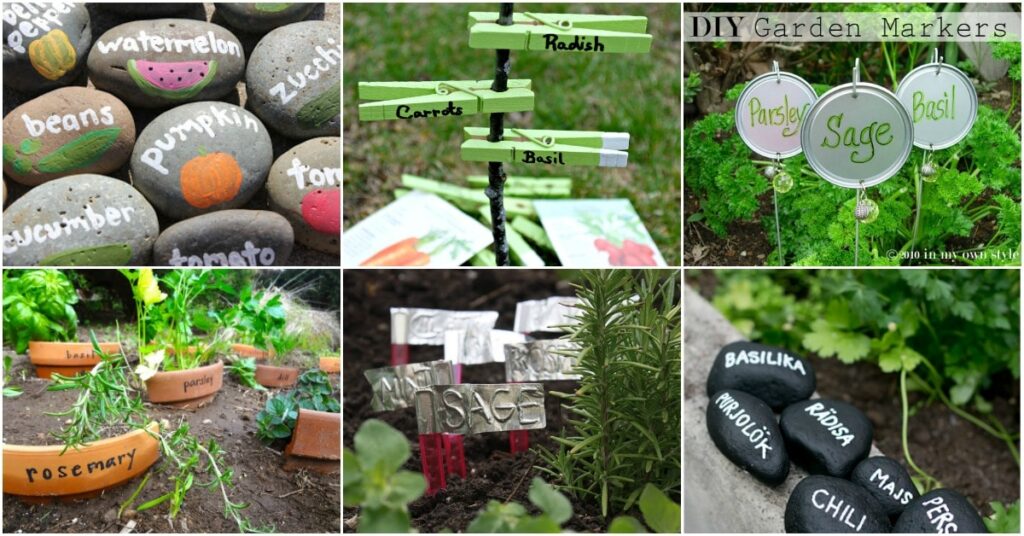Garden Therapy DIY Garden Projects Yummy Recipes Crafty Goodness

Create, cook, and heal with our unique mix of garden therapy diy garden projects yummy recipes crafty goodness.
Introduction to Garden Therapy
The world of gardening extends beyond the mere act of cultivating plants. Gardens carry an intrinsic healing power, a hidden strength that lends a therapeutic element to our interactions with them.
The Healing Power of Gardens
Nature has long held a panacea for many of our ailments. Gardens, in particular, hold a profound potential for healing, both physiological and psychological. The act of nurturing life from the soil engenders a sense of purpose and contentment, soothing the mind and rejuvenating the spirit. The vibrant spectrum of flora stimulates our senses, fostering tranquility and a sense of wonder, enabling us to step away momentarily from the tumult of life.

Understanding Horticultural Therapy
Horticultural Therapy is a formal practice that uses plants, horticultural activities, and the garden landscape to promote well-being for its participants. It intertwines botany, horticulture, human physiology, and psychology into a synergistic healing modality. The garden serves as the backdrop for transformative interactions, fostering recovery and rehabilitation in the nurturing cradle of nature.
The Benefits of Garden Therapy: A Scientific Perspective
Research corroborates the anecdotal evidence surrounding garden therapy. Studies highlight its efficacy in improving mood, reducing stress-related symptoms, and enhancing cognitive functions. Moreover, the physical aspect of gardening can promote cardiovascular health, improve dexterity, and encourage a more active lifestyle.
Section I: DIY Garden Projects
Gardening can be a profoundly personal and creative endeavor, and DIY garden projects form an integral part of this journey.
Getting Started with DIY Gardening: Essential Tools and Tips
Starting a DIY garden may seem daunting, but with the right tools and guidance, anyone can cultivate their patch of green. From spades to pruners, choosing quality gardening equipment can drastically streamline the process. Also, understanding your soil type, learning about suitable plants, and knowing the optimal planting times form the pillars of a successful DIY garden.
Creating Your Own Container Garden
Container gardens offer a versatile solution for those with limited space. Choose containers that complement your aesthetics, fill them with suitable potting mix, and select plants that thrive in such conditions. Whether it’s a balcony filled with colorful pots or a windowsill herb garden, container gardens bring nature closer to home.
Designing and Building a Raised Bed Garden
Raised bed gardens are an excellent way to control soil conditions and improve accessibility. They require some initial effort to construct but offer significant benefits. A well-planned design, durable materials, and a rich blend of soil and organic compost are key to a flourishing raised bed garden.
How to Create a Butterfly Garden

Creating a butterfly garden is an enchanting project that adds life to your yard. By selecting native plants that provide nectar for adults and foliage for caterpillars, you invite these winged wonders to your garden. Including a water source and sunlit rocks for basking further enhances your garden’s allure.
Tips for Creating a DIY Vegetable Garden

Cultivating your vegetables can be an incredibly rewarding experience. Choose crops suitable for your climate and soil, rotate your crops to maintain soil health, and practice organic pest control methods. Witnessing your first homegrown produce is an unparalleled delight.
Making a Miniature Fairy Garden: Step by Step Guide
Fairy gardens spark the imagination, creating whimsical landscapes in miniature form. Select a theme, pick suitable miniature plants, and embellish with tiny accessories to bring your fairy garden to life.
Upcycling Ideas for Your Garden: From Trash to Garden Treasure
Upcycling offers a creative and sustainable approach to garden décor. Old pallets can transform into rustic planters, while discarded glass bottles can become vibrant garden edging. With a dash of creativity, waste can be transmuted into a garden treasure.
Section II: Yummy Recipes from the Garden
Gardening yields more than just scenic beauty; it also provides us with nature’s bounty. Here, we will delve into the gastronomic potential of a well-tended garden.
The Beauty of Farm-to-Table: Why Fresh is Best
The farm-to-table concept emphasizes the use of fresh, locally sourced ingredients. This ideology resonates strongly with gardeners, who can attest to the unparalleled flavor and nutrition of freshly harvested produce. With every bite, you’re savouring the fruit of your labor, imbued with the goodness of nature.
Garden Fresh Salads and How to Make Them

A garden fresh salad is a vibrant medley of flavors, colors, and textures. Combine a mix of greens, some ripe fruits, edible flowers for color, and a sprinkling of herbs, all dressed with a homemade vinaigrette. The result is a dish that is as aesthetically pleasing as it is nutritious.
How To Make
Ingredients:
- 2 cups of mixed salad greens (such as romaine, arugula, spinach)
- 1 cup of cherry tomatoes, halved
- 1 cucumber, sliced
- 1 bell pepper, diced
- 1/2 red onion, thinly sliced
- 1/2 cup of crumbled feta cheese
- 1/4 cup of olive oil
- Juice of 1 lemon
- Salt and black pepper to taste
- A handful of fresh basil leaves
- A handful of fresh parsley leaves
Instructions:
- Start by preparing all your vegetables. Wash the salad greens thoroughly and pat them dry. Halve the cherry tomatoes, slice the cucumber, dice the bell pepper, and thinly slice the red onion.
- In a large salad bowl, combine the mixed greens, cherry tomatoes, cucumber, bell pepper, and red onion. Toss well to distribute the ingredients evenly.
- To prepare the dressing, whisk together olive oil and lemon juice in a small bowl. Season it with salt and pepper to taste.
- Drizzle the dressing over the salad. Use salad servers or clean hands to gently toss the salad, ensuring all the ingredients are well-coated with the dressing.
- Sprinkle the salad with crumbled feta cheese, fresh basil, and parsley. Give it a final gentle toss.
- Serve the salad immediately for the freshest taste.
Summer Squash Recipes: From Garden to Table
Summer squash is a versatile vegetable that can be incorporated into a myriad of dishes. Whether it’s a simple sautéed side, a rich zucchini lasagna, or a refreshing squash salad, there are ample ways to savor this garden staple.
The Art of Preserving: Canning Your Garden Harvest
Preserving enables you to capture the bounty of your garden for the leaner months. The process of canning may seem archaic, but it’s steeped in practicality. From tomato sauces and pickled cucumbers to fruit jams and jellies, canned produce is a taste of summer in a jar.
Homemade Pestos Using Garden Fresh Herbs
Pesto is an excellent way to use up an abundance of herbs. Freshly plucked basil, coupled with garlic, pine nuts, Parmesan, and good-quality olive oil, makes for a classic pesto. However, don’t hesitate to experiment with different herbs and nuts.
Hearty Vegetable Soups from Your Garden

A hearty vegetable soup is the epitome of comfort food. Root vegetables, leafy greens, and a medley of herbs can be transformed into a warming bowl of goodness that nourishes the body and soothes the soul.
Creative Recipes for Your Garden’s Green Leafy Produce
Green leafy vegetables are powerhouses of nutrition. Apart from salads and soups, they can be incorporated into pasta, used as pizza toppings, baked into savory muffins, or even blended into a refreshing green smoothie.
Section III: Crafty Goodness from the Garden
Gardens can serve as a muse, inspiring a plethora of nature-based arts and crafts. From botanical prints to handmade soaps, the possibilities are boundless.
A Guide to Nature-Based Arts and Crafts
Nature-based crafts are a wonderful way to engage with the environment creatively. They imbibe an appreciation for the subtle beauty in natural materials and inspire innovative thinking.
Making Botanical Prints: An Introduction
Botanical prints are a unique blend of art and nature. Pressed flowers and leaves, immortalized on paper, make for captivating artwork. They capture a fleeting moment of floral beauty and transform it into something everlasting.
DIY Bird Feeders Using Natural Materials
A DIY bird feeder serves a dual purpose; it invites avian visitors to your garden and is an enjoyable crafting project. Using natural materials like wood, twine, and gourds, you can create an aesthetically pleasing feeder that provides sustenance to your feathered friends.
Creating Garden Markers from Recycled Materials

Garden markers add a touch of personality to your garden and serve a functional purpose. Recycled materials like wine corks, wooden spoons, or painted stones can be upcycled into distinctive markers, serving as a testament to your creativity and environmental responsibility.
Crafting Handmade Soaps with Garden Herbs
Handcrafted soaps imbued with garden herbs combine practicality with luxury. The herbs impart their therapeutic properties to the soaps, creating a bath-time experience that is both invigorating and restful.
Creating Nature-Inspired Jewelry: Fun Garden Projects
Nature-inspired jewelry encapsulates the beauty of the outdoors in wearable form. Pressed flowers, tiny seeds, or fragments of leaves can be transformed into stunning pieces of jewelry that echo the beauty of your garden.
Drying and Pressing Flowers: Preserving Nature’s Beauty
Drying and pressing flowers is a method of preserving their beauty long after they’ve bloomed. These preserved flowers can be used in myriad crafts, from framed botanical prints to homemade potpourri, bringing a touch of nature into your home.
Conclusion: The Joys of Garden Therapy
Garden therapy is a journey, one that offers profound rewards at every step. As we cultivate the earth, we inadvertently cultivate ourselves, nurturing a sense of peace, contentment, and unity with nature.
Cultivating Peace: Reflections on Garden Therapy
Gardens serve as havens of tranquility amidst the chaotic whirlwind of life. Engaging with the soil, tending to plants, and witnessing the miracle of growth fosters a sense of inner peace that is both grounding and uplifting.
How Garden Therapy Fosters Connection to Nature
Garden therapy nurtures our bond with nature. As we become attuned to the rhythms of the garden, we develop a heightened awareness of the intricate web of life that surrounds us, deepening our reverence for the natural world.
Sharing the Joy: Involving Family and Friends in Garden Therapy
Gardening need not be a solitary endeavor. Inviting family and friends to participate can transform it into a joyous communal activity. Sharing the victories and challenges, the insights and the beauty, makes the journey all the more rewarding.
Moving Forward: Continuing Your Garden Therapy Journey
Garden therapy is not a finite destination, but an ongoing journey. Each season presents new opportunities to learn, grow, and create. So, as you move forward, carry with you the lessons from your garden, and let them guide you on your path.
Final Thoughts on Garden Therapy diy garden projects yummy recipes crafty goodness
Gardening weaves together various facets of creativity, sustainability, and wellness. The DIY projects, recipes, and crafts inspired by the garden are testaments to the limitless potential held within a patch of earth. In nurturing a garden, you create not just a beautiful outdoor space, but a sanctuary for growth, healing, and artistic expression.

